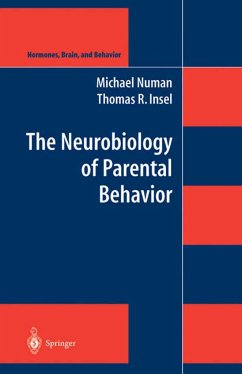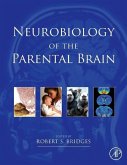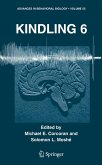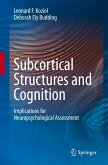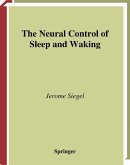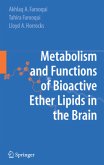In addition to filling a need within the field of parental behavior,this book contributes importantly to the growing area of emotional andmotivational neuroscience. A major part of neuroscience research atthe whole organism level has been focused on cognitive neuroscience,with an emphasis on the neurobiology of learning and memory, but therehas been a recent upsurge in research which is attempting to definethe neural basis of basic motivational and emotional systems whichregulate such behaviors as food intake, aggression, reproduction,reward-seeking behaviors, and anxiety-related behaviors.In this book the emphasis is on the research findings obtained fromrodents, sheep and primates. The authors' goal, of course, was toprovide a foundation that may help us understand the neurobiology ofhuman parental behavior. Indeed, the last chapter attempts tointegrate the non-human research data with some human data in order tomake some inroads toward an understanding of postpartum depression,child abuse, and child neglect. Clearly, motivational and emotionalneuroscience has close ties to psychiatry, and this connection will bevery evident in the final chapter. By understanding the neurobiologyof parental behavior we are also delving into neurobiological factorswhich may have an impact on core human characteristics involved insociality, social attachment, nurturing behavior, and love. In thisvery violent world, it is hard to conceive of a group ofcharacteristics that are more worthy of study.
Hinweis: Dieser Artikel kann nur an eine deutsche Lieferadresse ausgeliefert werden.
Hinweis: Dieser Artikel kann nur an eine deutsche Lieferadresse ausgeliefert werden.
From the reviews: "What Numan and Insel have produced is a clearly-written text explaining how maternal motivation and behaviour are regulated by neurobiological systems, and how these systems are themselves regulated by genes and environments that differ between females and therefore yield variation in maternal behaviour and offspring development. ... The study of behavioural causation is fascinating and vitally important, and reading this book should inspire many a PhD student, including in primatology, to want to conduct their doctoral research in this field." (Christopher Pryce, Primate Eye, June, 2005)

